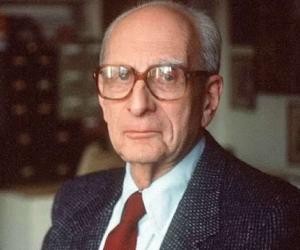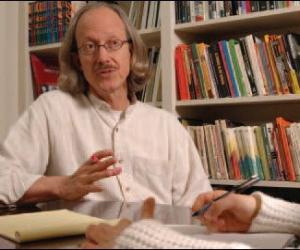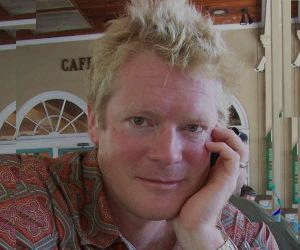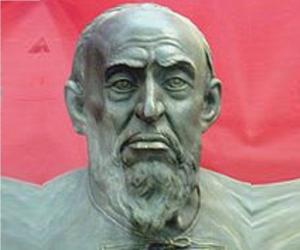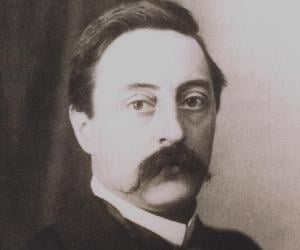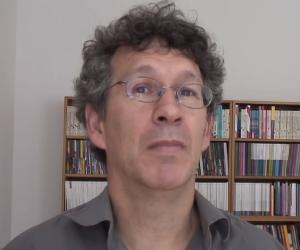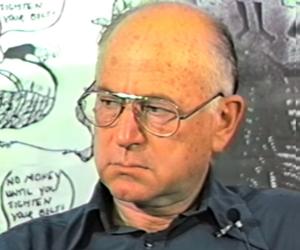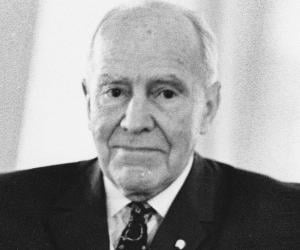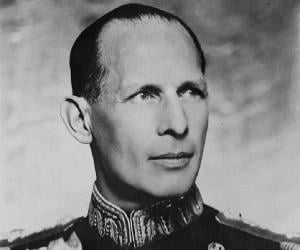Quick Facts
French Celebrities Born In November
Also Known As: Claude Levi-Strauss
Died At Age: 100
Family:
Spouse/Ex-: Dina Lévi-Strauss, Monique Roman, Rose Marie Ullmo
father: Raymond Lévi-Strauss
mother: Emma Levy
children: Laurent Lévi-Strauss, Matthieu Lévi-Strauss
Born Country: France
Anthropologists French Men
Died on: October 30, 2009
place of death: Paris, France
City: Brussels, Belgium
More Facts
education: University of Paris, Lycée Janson de Sailly, Lycée Condorcet, College of Sorbonne
awards: 1973 – Erasmus Prize
2003 – Meister Eckhart Prize
Childhood & Early Life
Claude Levi-Strauss was born on November 28, 1908 in Brussels, Belgium in a Jewish family of French origin. His father Raymond Levi-Strauss was a painter while his mother Emma looked after the household.
When Claude was quite young his family moved to Paris and it was in the huge metropolis that he grew up. The family lived in a house that was situated in a locality named after the well-known artist Claude Lorrain; someone who inspired the young lad when he grew up.
He attended two schools- ‘Lycee Janson De Sally’ and ‘Lycee Condocret’- before he went up to study at one of the best universities in France, Sorbonne in the year 1927.
At the Sorbonne, he obtained a degree in philosophy although he had also studied law. He graduated in the year 1932 and after working as a school teacher in Paris for some time, he went to the ‘University of Sao Paolo’ in Brazil to serve as sociology professor two years later.
Career
Claude Levi-Strauss lived in Brazil for four years between 1935 and 1939, during which he worked at the ‘University of Sao Paolo’. During that time he did a lot of ethnographic research with his wife Dina, who was an ethnographer herself. The couple made regular forays into the Amazon rainforests for their research.
In the year 1941, he joined the ‘New School for Social Research’ located in New York as a visiting professor and worked there for four years. At this particular institution, the well-known linguist Roman Jakobson worked as part of the faculty as well and Levi-Strauss was greatly inspired by his knowledge.
At the completion of the 2nd World War Levi-Strauss stayed back in the United States and worked in the French Embassy situated in Washington DC between 1946 and 1948, before returning to France.
In the year 1948, Claude returned to Paris and submitted two theses at Sorbonne. In the same year he was awarded his doctorate degree by France’s ‘Sorbonne University’.
In the year 1950, he was made the director of studies of the ‘École Pratique des Hautes Études’, at ‘Paris University’, which translates as ‘religious section’. He worked there for more than two decades and it was during that he started working on his first popular work ‘Tristes Tropques’.
In the year 1959, he became a chair at the highly prestigious ‘Collège de France’ and the chair that he was elevated to was that of Social Anthropology. Two years later he came up with his magnum opus titled ‘Structural Anthropology.
In 1971, he published his most important work ‘Mythologiques’ which dealt with anthropology across 4 volumes and became a record of all his theories up until that time.
Levi-Strauss retired from the ‘École Pratique des Hautes Études’ at Paris University in the year 1974 and the rest of his life was spent in research as well as musings on art, culture and music.
Major Works
In the year 1955, Claude Levi-Strauss published his first book titled ‘Tristes Tropques’ or ‘A World On the Wane’ that chronicled his time in the US during the war and was regarded as literary gem by many in Parisian society.
In 1961, this eminent ethnologist published his masterpiece on structural anthropology titled ‘Structural Anthropology’ that firmly established him as one of the most prominent scholars in the subject.
Awards & Achievements
Claude Levi-Strauss was conferred with the highest academic honour in France, the ‘Academie francaise’ on the 14 May, 1973 for his four volume book ‘Mythologiques’.
In the year 1973, he was awarded the ‘Erasmus Prize’ by the ‘Praemium Erasmianum Foundation’. The award is given for exceptional contribution towards the social sciences and European culture.
Personal Life & Legacy
Levi-Strauss married Dina Dreyfus in the year 1932 but the marriage ended in divorce and the couple had no children.
Rose-Marie Ullmo was his second wife whom he married in the year 1946. Although the marriage culminated in a divorce Levi Strauss was blessed with a son named Laurent.
In the year 1954, he married Monique Roman and the couple had a son named Matthieu.
On 30th October, 2009, the accomplished anthropologist died in Paris, at the age of 100, after a cardiac arrest. He would forever be remembered as one of the world’s greatest anthropologist and someone who changed the way evolution of cultures is studied.
Facts About Claude Lévi-Strauss
Claude Lévi-Strauss had a notable love for exotic cuisine and was known to be an adventurous eater, often trying unique and unusual dishes from different cultures.
He was an avid collector of traditional art and artifacts from indigenous communities around the world, which greatly influenced his anthropological work.
Lévi-Strauss was a skilled musician and had a passion for playing the piano, finding solace and inspiration in music throughout his life.
In addition to his academic pursuits, he had a great sense of humor and was known to enjoy witty wordplay and clever jokes among friends and colleagues.
Lévi-Strauss was a dedicated environmentalist and advocated for the preservation of cultural diversity and the protection of indigenous peoples and their way of life.


